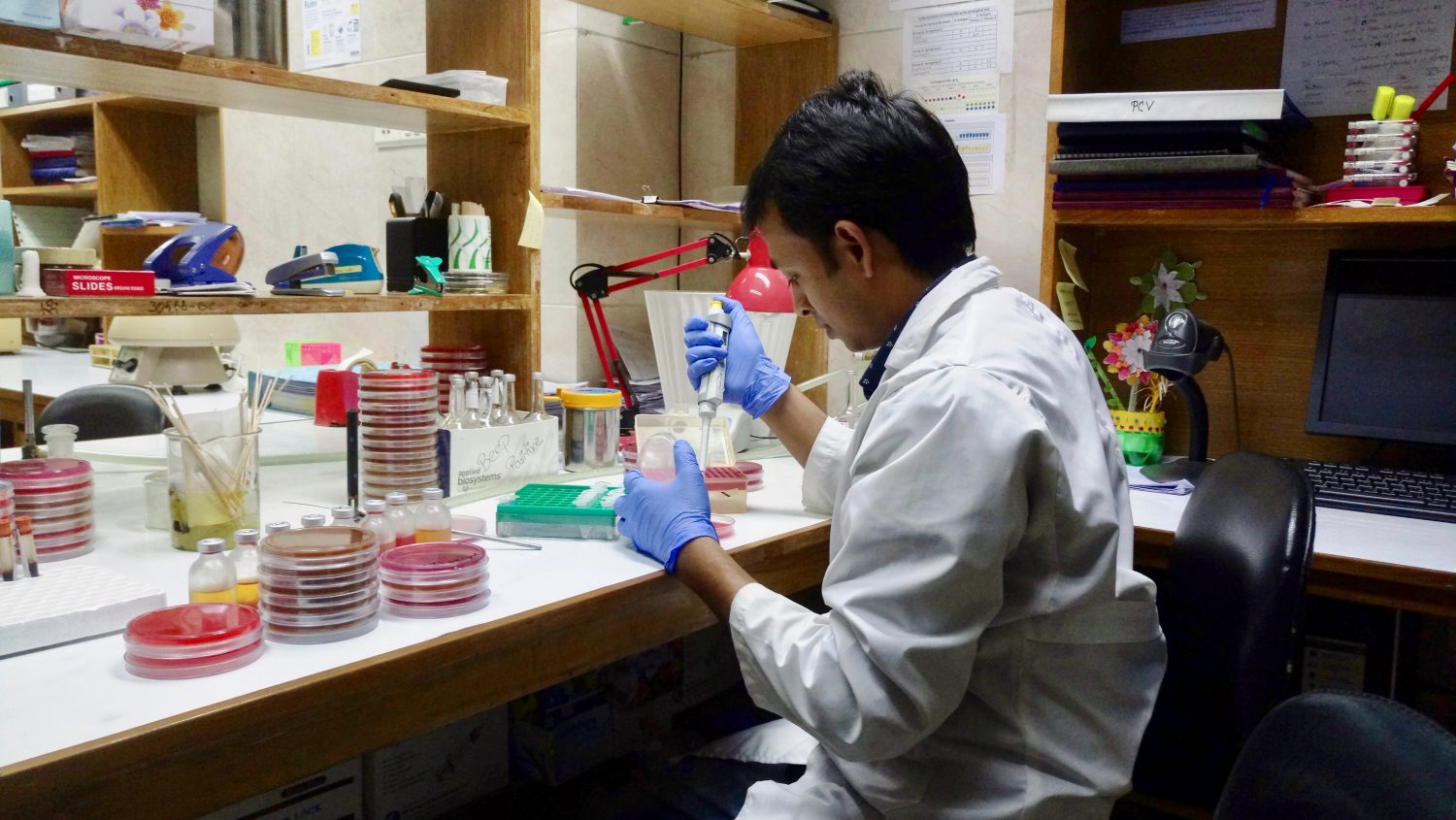
The World Health Organization has been diligently promoting quality of health care at all levels. In 2008, the WHO with its 36 member states formed a global network to conduct surveillance for invasive bacterial vaccine-preventable diseases (IB-VPD) in sentinel hospitals. The objectives of the network were to 1) collect data to describe the epidemiology and estimate the burden of IB-VPD, 2) establish a surveillance platform to measure impact after introduction of Haemophilus influenzae type b vaccine or PCV, and 3) detect and characterize the circulating bacterial types. In 2010 at the Global IB-VPD and Rotavirus Surveillance meeting, coordinated by WHO, launched a laboratory External Quality Assessment scheme (EQAS) that targeted all laboratories participating in the network.
The objective of EQAS, an independent agency, is to ensure correlation of results among laboratories retrospectively. Since 2010, CHRF service laboratory in Dhaka Shishu Hospital (DSH), as part of IB-VPD sentinel laboratories have been receiving simulated cerebrospinal fluid (CSF) and slides for detection of disease first from National Institute for Communicable Disease and since 2014 from UK National External Quality Assessment Scheme (NEQAS) Microbiology Quality Assessment. WHO included Kumudini Women’s Medical College and Hospital and Chittagong Ma O Shishu Hospital (CMOSH) sites in this scheme from 2016. The CSF slides contain vaccine preventable disease pathogens, which the laboratory seeks to identify correctly and accurately as part of quality control and assurance testing.
The WHO-IBVPD Network EQA assessment is carried out for Haemophilus influenzae, Neisseria meningitidis and Streptococcus pneumoniae identification, susceptibility and typing: containing slides for Gram stain and lyophilized samples for culture, conventional and genotypic identification, conventional and genotypic serogroup/serotype combined with antimicrobial susceptibility testing.
CHRF diagnostic laboratories have reported 100 % accuracy of detection for every test specimen since 2011 confirming our excellent laboratory performance.
In 2016 at the Global IB-VPD Surveillance Network Meeting, Dr. Senjuti Saha, Postdoctoral Research fellow at CHRF, along with a young WHO intern Ms. Alvira Hasan, presented the case study on Bangladesh on the impact of using surveillance data for decision making. They emphasized on the need for surveillance data in Bangladesh and how it has played significant role in national vaccine policy decision making. The surveillance recorded evidence of the dramatic impact of Haemophilus influenzae type b (Hib) vaccine and exhibits the burden of pneumococcal disease. The data facilitated the decision to introduce Hib vaccine in 2009 and pneumococcal conjugate vaccine in March 2015.
While being a part of the Global IB-VPD Surveillance Network, Bangladesh improved laboratory capacity and performance, developed population-based surveillance site, has plans to use the existing IB-VPD surveillance platform to detect other vaccine preventable diseases, such as typhoid fever and rotavirus, and has been monitoring antimicrobial resistance. – WHO IB-VPD and rotavirus surveillance network meeting report, 2016.
For more information please visit WHO IB-VPD meeting report.
